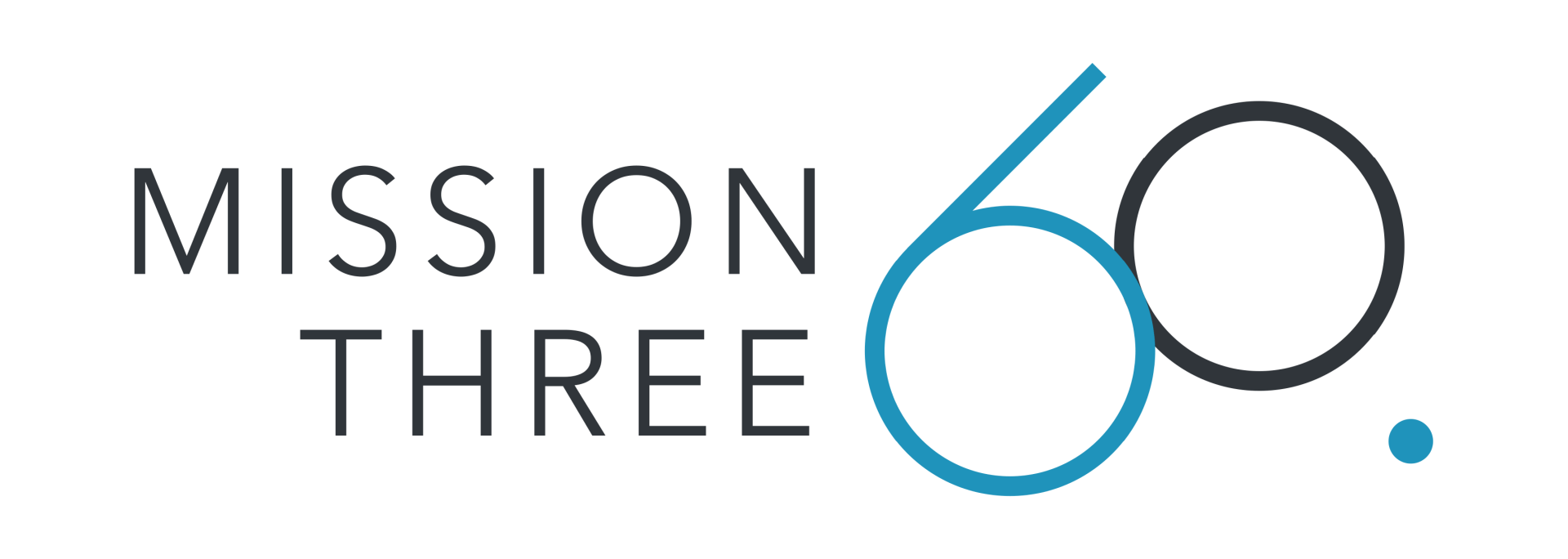Blog Layout
10 Facebook Advertising Tips
Andrew Haines • May 20, 2020
Top 10 Facebook adverting tips
1 - Know your audience
Like any marketing campaign the number one thing you need to do before you start advertising on Facebook is to clearly define who your audience is, things to consider are:
- What are there interests
- How old are they
- Where are they - physical location
- Is there a Gender bias
- Do they display particular behaviors
You can get very granular with your profiling, but be careful not to make your audience too small, there is a fine balance to make sure your audience is large enough to gain learning's and insights so you can grow your campaigns, but tight enough so you don;t burn budgets.
If you are unsure about who your ideal audience is then starting out with custom or look-a-like audience maybe a good place to start, these are based on existing customers or people who have already visited your site, with Facebook trying to find those with similar, behaviors, traits or interests.
One final tip is its just as important to exclude audiences as it is to include, for example do you want to advertise to people who are already a customer?
2 - Know your objectives
So you have now defined your audience, but what is the objective of the campaign? are you looking to build your brand, drive leads for your sales team, increase sales, get people to your website to interact with your content or something completely different?
Whatever you are looking to achieve make sure you ask yourself what success looks like, for example if you are driving leads, what Cost Per Lead (CPL) are you working towards, same for sales, what can you afford as a Cost Per Sale (CPS) to maintain profit margins and so on and so forth. Even if you are just looking to drive traffic to your website, working out what you are prepared to Pay Per Click, if nothing else to ensure your budget doesn't run away from you.
3 - Manage your budget
Closely linked to your objectives is how much budget are you willing or can you afford to allocate to your Facebook advertising? and don't just think about what you can afford for a couple of weeks or a couple of months, any good Facebook campaign will need at least a 3 month period to properly bed in.
Month 1 is about getting the campaign set-up and learning, which audiences, ads or landing pages are working, during this period you expect to spend a little more and incur slightly higher Cost Pers. Month 2 is about optimisation, refine your campaigns to those that are hitting your objectives and see if there is room to scale. By month 3 your campaigns should be bedded in and become business as usual.
4 - Manage your tracking
The final piece to set-up is your tracking, to a certain extent if you know you are going to be doing Facebook ads, this would be this first things I would do so you can start building your cookie pools, on non converters, customers etc... so once you are ready to set the campaign live you already have some data under your belt.
Its important as prospects move through the various stages of your buying cycle, no matter how long or short it is, they move into different tracking pots, with each pot being mutually exclusive to ensure your marketing messages are taking the customer on a journey.
5 - Segment your audiences
This is all about your customer journey, it doesn't matter whether you are a B2B or B2C business have a single step process or a multi step sales process, think about your customers where they are in the customer lifecycle and what message or action you need to give them to be able to move them to the next phase.
The standard marketing lifecycle tends to fall into the following segments:
Awareness or some B2B marketers call this the top of funnel - at this stage you have identified your key audience and you are targeting them via content, whitepapers, eBooks, discounts or just a very good product offering, once these people hit your website or complete some information to receive a newsletter or gated content, they are your first audience segment.
Consideration or Middle of funnel - You need to be telling this audience, why you, what are your USP's, what have previous customers said about about or what's your trust pilot ratings or simply remind them what they might be missing out on, its all about the nurture during this phase.
Sale or bottom of funnel - By now your audience is aware of your brand, know how great the product or service you offer is and so now its time to make a sale, so messages with book an appointment, free demo or 14 day free trials work well, or a simple discount message if you are able to do so.
The key with having these audience segments is make them mutually exclusive of each other so prospects or customers alike aren't receiving mixed or repeat messages.
6 - Get creative
Be creative and disruptive with your advertising, Facebook is full of ads these days whether that's direct promotions from brands or via influencers (that's a whole other topic), so you need to make sure your ads standout and disrupt the customer from what they were actually there to do in the first place.
Studies have found the best ads standout and get their message across in as little as 6 seconds, anything longer than that and you have the chance of losing their attention and therefore lost in their feed forever, so make it short snappy and impactful.
7 - Time it right
Most people when they start out run their ads 24/7 and then tend to leave it that way, but what are the best times of day, what is the day of the week and what is the best month of the year? So analyse, test and learn to ensure you get the most out of your campaigns.
But remember as always with marketing you need to keep learning, for example the recent lockdown due to covid-19 has seen peoples behaviors change what it comes to social, so what was once your prime time for engagement and conversion, may have changed so ensure your adapt your campaigns accordingly.
8 - Test, test and test again
You need to test everything when it comes to digital marketing and Facebook Ads are no different, at all times you should have a minimum of two ads running at any one time, a champion and a challenger.
Each test should run for a minimum of two weeks to ensure each ad goes through the cycle of each day of the week twice to eliminate any time of day or day of week bias each ad may have, then once you have a winner start the whole process again.
Finally don't just leave the testing to just your ads, use exactly the same process for your landing pages to.
9 - Don't forget attributions
A lot of people miss this, but attribution is an absolutely key part of Facebook advertising. Don’t look at your campaigns in isolation or purely on a last click basis - make sure you’ve got access to Google Analytics and that your UTM parameters are incorporated to measure your campaigns.
When you have all this set up, you can not only see the impact that your Facebook ads are having on your website, but also on direct, organic and brand traffic.
There are many great tools on Google Analytics that PPC marketers often overlook, such as first and last click interactions. Always study the data and make your decisions based on that.
10 - Revisit your objectives
Once you have done all of the above go back to the start and see how your campaign compares against your original objectives, learn what what well and then start the process again.

By Andrew Haines
•
20 Nov, 2023
Elevate your marketing strategy with our comprehensive guide on choosing the perfect Fractional or Part-Time Marketing Director. Uncover the key qualities, from strategic vision to hands-on execution, ensuring a seamless fit for your organization's unique needs. Navigate the nuanced landscape of marketing leadership and empower your business with the right expertise. Read our latest blog for strategic insights on building a dynamic marketing team

By Andrew Haines
•
20 Nov, 2023
Discover the transformative power of Fractional and Part-Time Marketing Directors with our comprehensive guide. Uncover key responsibilities, strategic impact, and why businesses of all sizes are turning to these flexible and expert leaders. Navigate the dynamic marketing landscape and position your organization for success. Read 'The Ultimate Guide to Fractional and Part-Time Marketing Directors' now.
